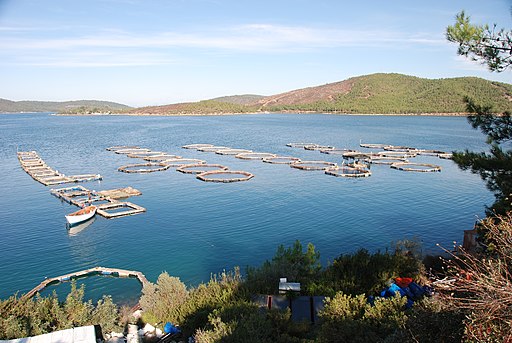Does Rebuilding an Island Rebuild Fish Habitat?
Posted
Last Updated
Scientists from the NOAA Chesapeake Bay Office are investigating whether fish are using restored areas at Maryland’s Poplar Island.

Scientists at the NOAA Chesapeake Bay Office are monitoring fish at the Paul S. Sarbanes Ecosystem Restoration Project at Poplar Island. They plan to conduct field work three times each year (generally, in April, July, and October). They’ll keep tabs on how different species of fish may be using habitat in and around Poplar Island. They are seeing indications that restored marsh areas may be providing nursery habitat for some species.
How to Restore an Entire Island
Back in the mid-1800s, Poplar Island was more than 1,000 acres. In the early 1900s, it was home to a community of about 100 people. But it gradually fell victim to severe erosion, and by the early 1990s, the island had shrunk to only 4 acres.
The Poplar Island project plans to restore the island to roughly its 1847 footprint. Photo: Maryland Environmental Service
The U.S. Army Corps of Engineers, Maryland’s Port Administration, and other agencies recognized that the loss of Poplar Island meant the loss of remote island habitat. At the same time, they realized that material dredged from the shipping channels leading into Baltimore Harbor needed to go somewhere. The result? A win-win situation.
Rebuilding Poplar Island is a massive construction project, under way since the mid-1990s. The project, still in progress, uses material dredged from the shipping channels into Baltimore Harbor to restore lost island habitat. As the project progresses, new “cells” are created to receive the dredged material. Each cell is created to include features like creeks, high marsh, low marsh, and upland areas, in order to provide healthy habitat for Bay species. As we face a changing climate, restored habitat such as this becomes even more important to support healthy fish populations.
Read more at fisheries.noaa.gov


